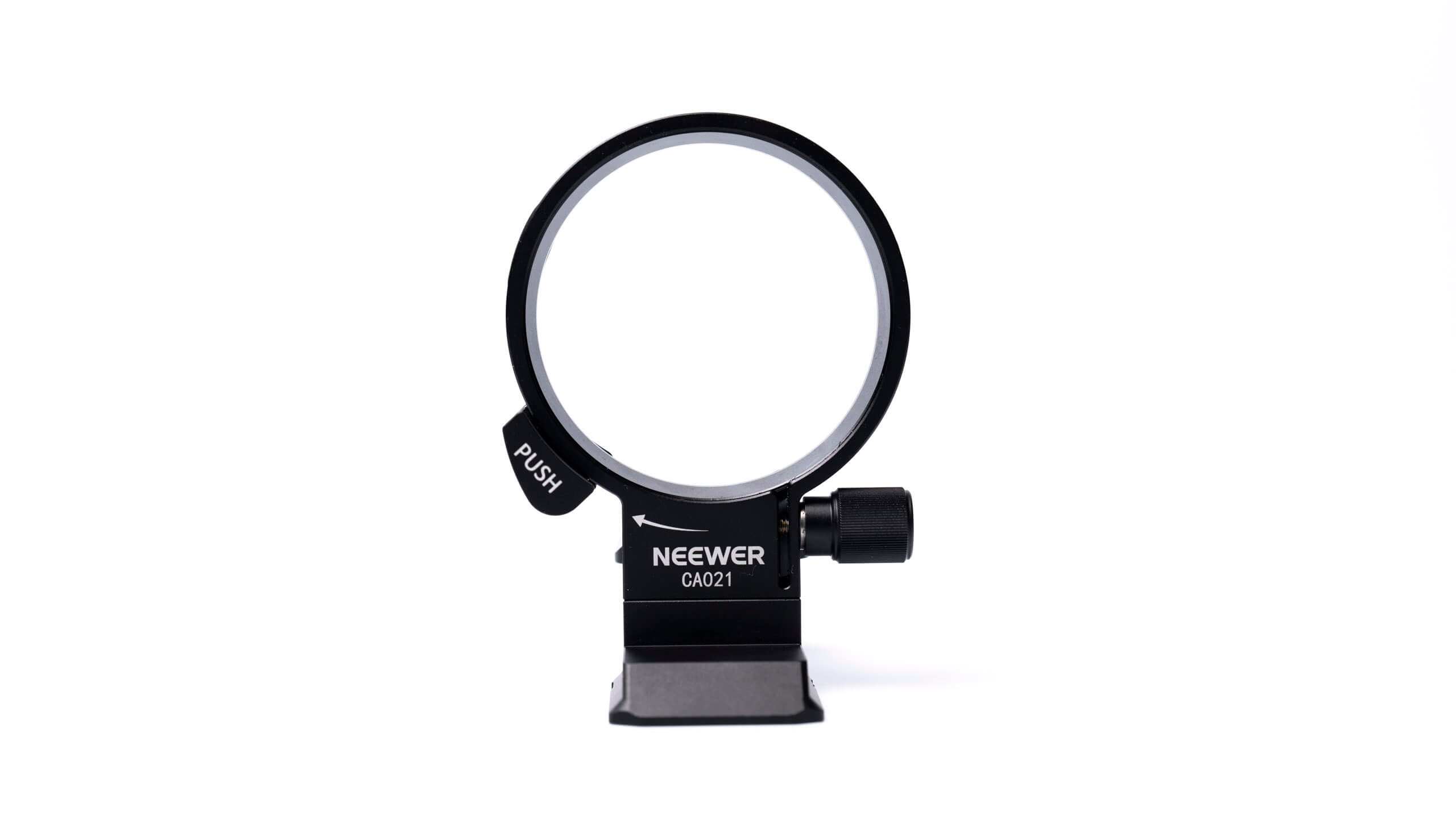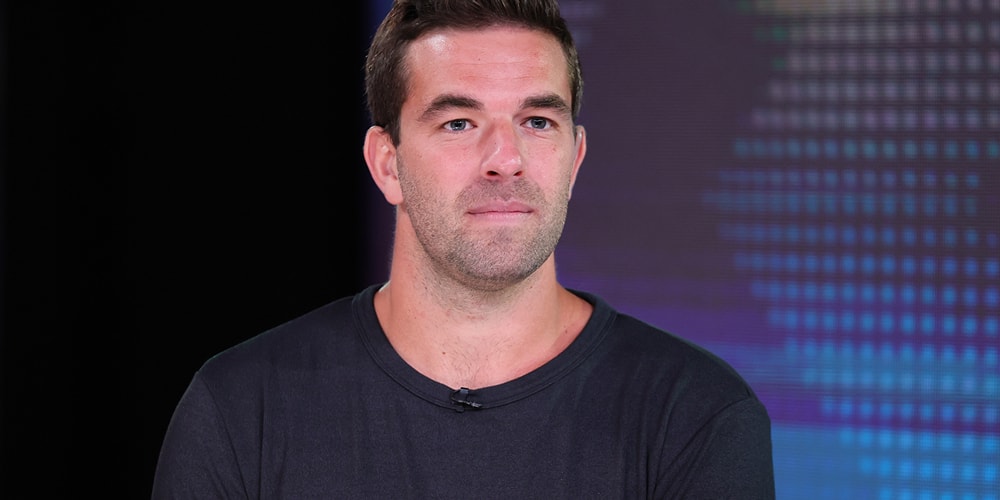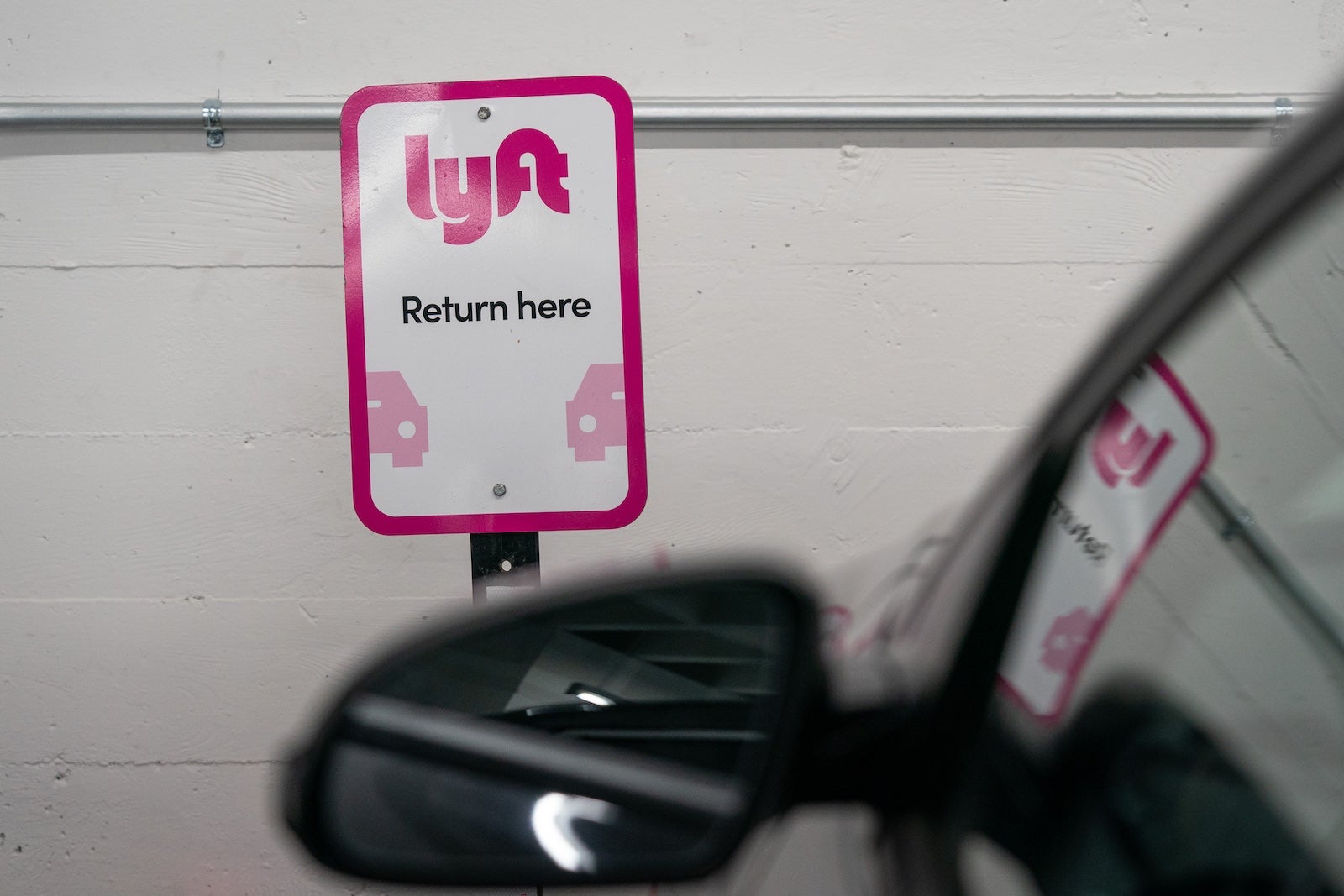Southwest cuts flights at its busiest airport, but in Denver ‘for the long haul’
It’s a time of change for Southwest Airlines. From ending to its famous open-seating policy to flying red-eyes for the first time ever, the nation’s largest low-cost carrier is in the midst of sweeping changes aimed at cutting costs and boosting profitability. That also includes schedule changes at Southwest’s busiest airport: Denver International Airport (DEN), …

It’s a time of change for Southwest Airlines.
From ending to its famous open-seating policy to flying red-eyes for the first time ever, the nation’s largest low-cost carrier is in the midst of sweeping changes aimed at cutting costs and boosting profitability.
That also includes schedule changes at Southwest’s busiest airport: Denver International Airport (DEN), which is currently the top city in the airline’s network by daily departures.
Pro tips: 11 major mistakes people make with travel rewards credit cards
But departures by the Dallas-based carrier from the Mile High City have fallen on an annual basis in every month since August 2024, schedule data from aviation analytics firm Cirium shows. And while future schedules are subject to change, the trend continues through at least this August.
Cirium’s numbers show that Southwest is on pace to cut well over 8,000 flights from Denver during the year ending in July. That’s equivalent to axing Seattle-Tacoma International Airport (SEA) from its network, and all of the flights to and from the city, over the same period.
The changes are part of a larger shift by Southwest to boost investor returns. In the months since activist investor Elliott Management took a stake in the airline last June, it has unveiled changes to its board and numerous profit-boosting initiatives that range from adding extra-legroom premium seats to network changes at airports across the country, including in Atlanta and Hawaii.
The must dramatic change, however, were the first layoffs in its 50-plus-year history on Feb. 18. Southwest let go of 1,750 mostly corporate staff in a move it claimed will slash expenses by roughly $300 million in 2026.
Denver is no exception to the changes at the airline.
“We’re doing just fine in Denver,” said Adam Decaire, senior vice president of network planning and network operations control at Southwest. “We’re in for the long haul there.”
The schedule changes in Denver reflect the airline’s broader strategy shift to boost margins more than any sign of weakness or a change in direction for the airline in the Mile High City, he indicated.
Travel demand in Denver, Decaire said, is strong during “good chunks of the day.” However, segments like corporate travel have not returned to what he described as “the times you would want them to,” for example those early morning departures and late evening arrivals that are hallmarks of single-day business trips.
That change, among other reasons, prompted the airline to move seven or eight of its “originators,” or planes, that spent the night on the ground in Denver to smaller outstations, Decaire said.
Take, for example, Southwest’s morning schedule from Denver to Oakland International Airport (OAK). The airline’s first departure of the day was at around 5:20 a.m. in June 2024 but will be pushed back to around 8 a.m. this coming June, Cirium data shows. The former was flown by a plane that spent the night in Denver, while the latter will almost certainly be flown by one that starts its day at another destination before operating an early morning flight to Denver and then flying on to Oakland.
As part of this schedule change, Southwest will shrink its pilot base in Denver by about 155 crew members this spring, the airline confirmed. Other bases, like one at Nashville International Airport (BNA), are growing.
The Southwest Airlines Pilots Association did not respond to several requests for comment on the staffing changes in Denver.
The shift for Southwest in Denver follows five years of unbridled growth for the airline there. In February 2020, just before the COVID-19 pandemic forever altered air travel, Southwest signed a new lease agreement with the airport that included 16 additional gates on Concourse C for a total of 40 gates.
Quick take: Southwest Airlines will end open seating: What you need to know
Steve Sisneros, vice president of airport affairs at Southwest, told the Denver City Council at the time that the airline planned to do more of what it was already doing there with the new gates. “It’s adding depth and breadth to the markets we serve,” he said.
Then came COVID-19 and the airline made good on its promise. Denver grew into something of a “hub” for Southwest — the airline does not have hubs, but some bases are large enough to where they naturally create numerous flight connection opportunities for travelers.
That unofficial hub is over, Decaire said, calling the schedule changes in Denver — and adjustments in pilot staffing — an exercise to “clean things up” in its network.
And Southwest remains larger in Denver today than when Sisneros spoke to the City Council in 2020. The airline’s flight schedule is about 1% smaller in February 2025 than it was the same month five years earlier, but the airline is flying more seats, 5% more to be specific, than it did a half-decade ago, Cirium data shows.
One thing, however, is clear: Southwest does not plan to cede ground in the Mile High City to its competitor United Airlines.
Trip search: We ‘luv’ to see it: Southwest fares now displaying in Google Flights
“We still very much love Denver,” Decaire said. “If United thinks they’re going to get a pass anytime soon, they certainly will not.”
United continues to expand its connecting hub in Denver, which also grew to 90 gates across two concourses during the pandemic. The airline plans to add a new nonstop to Rome Fiumicino Leonardo da Vinci Airport (FCO) from Denver as part of an eight-route expansion this summer, and is in the process of renovating its lounges and building a new Polaris Lounge at the airport.
In 2024, both Southwest and United saw their share of Denver passengers grow; the former by 0.1 points to 31% and the latter by 0.5 points to 46.8%, airport data shows. The airport handled a record 82.4 million fliers last year.
Neither carrier, for now, seems willing to cede the high ground in the Mile High City.
Related reading:
- Southwest Rapid Rewards: Complete guide to earning, redeeming and maximizing points
- The best Southwest Airlines credit cards
- How to quickly earn the Southwest Companion Pass
- Southwest A-List status: What it is and how to earn it
- Maximize your airfare: The best credit cards for booking flights
- The best credit cards to reach elite status
- How to change or cancel a Southwest Airlines flight

































































.png?width=1920&height=1920&fit=bounds&quality=70&format=jpg&auto=webp#)













































![Everything Martha Stewart Cooks in a Day [Exclusive]](https://cdn.apartmenttherapy.info/image/upload/f_auto,q_auto:eco,c_fill,g_auto,w_660/k/Design/2025/04-2025/Martha-Stewart-Cooking-Diary/article/Cooking-diaries-Martha-Stewart-lead)
















































































































































